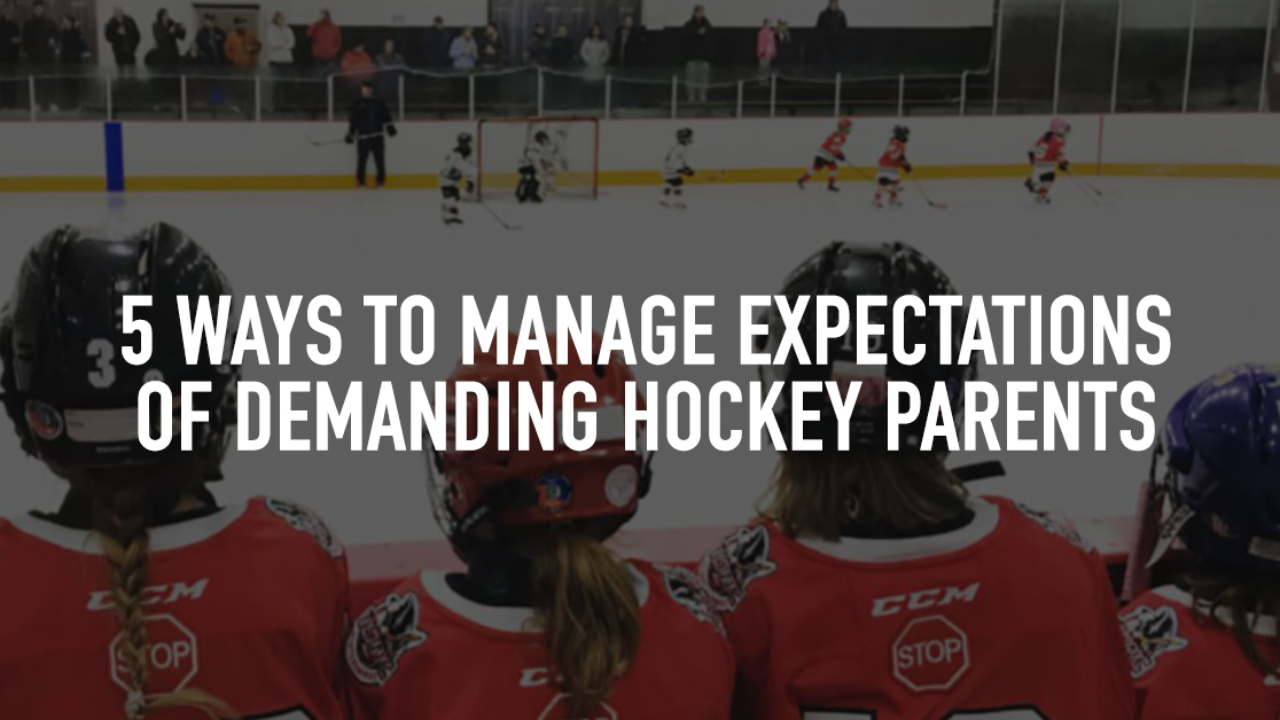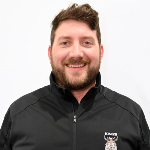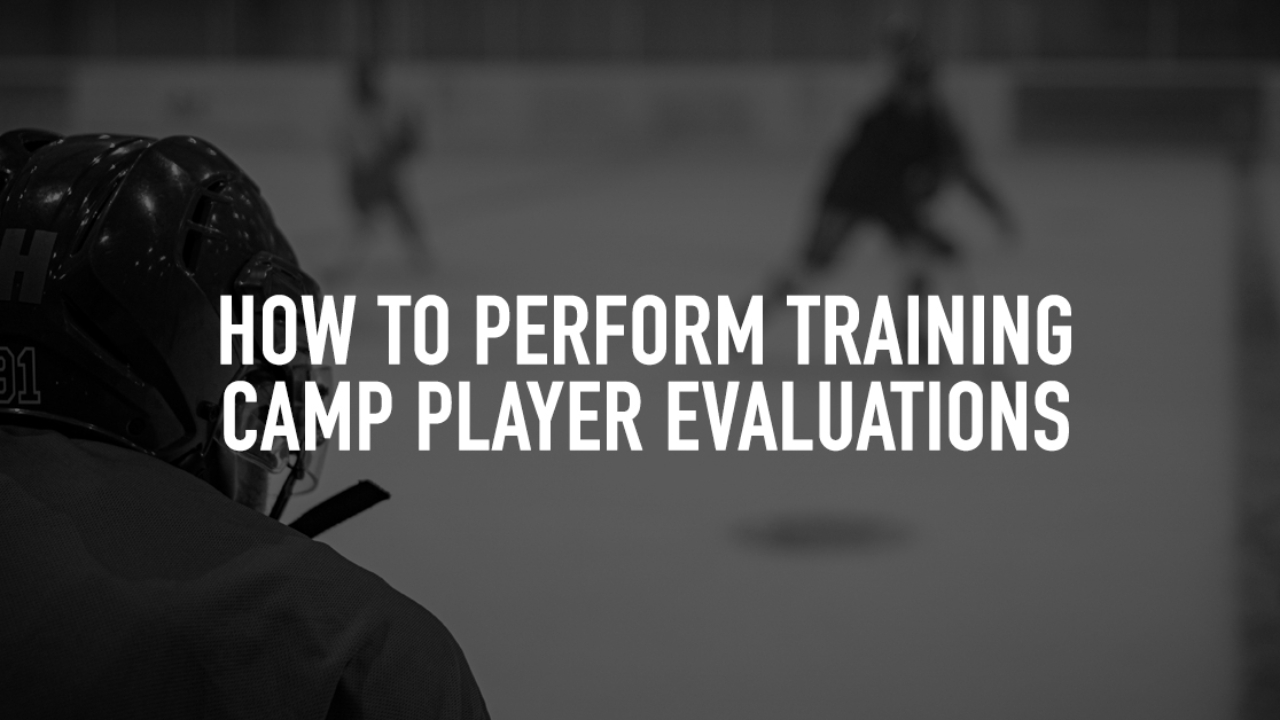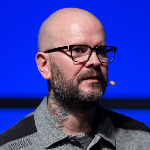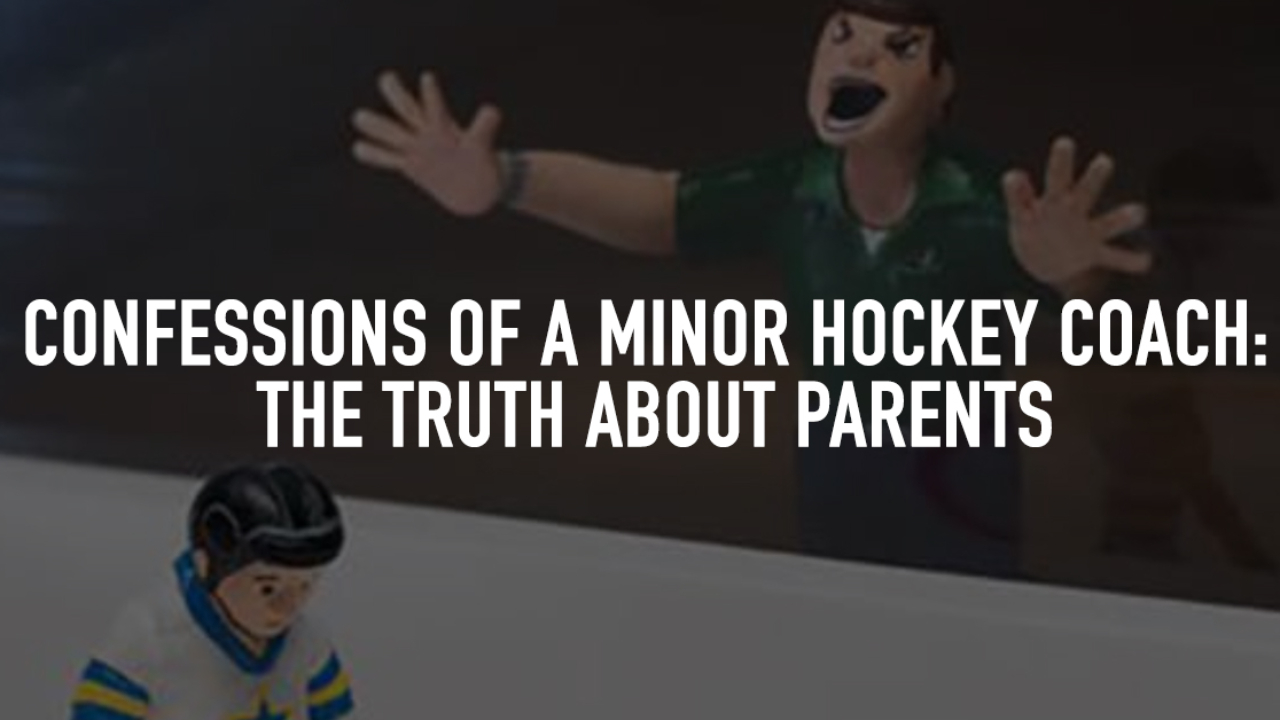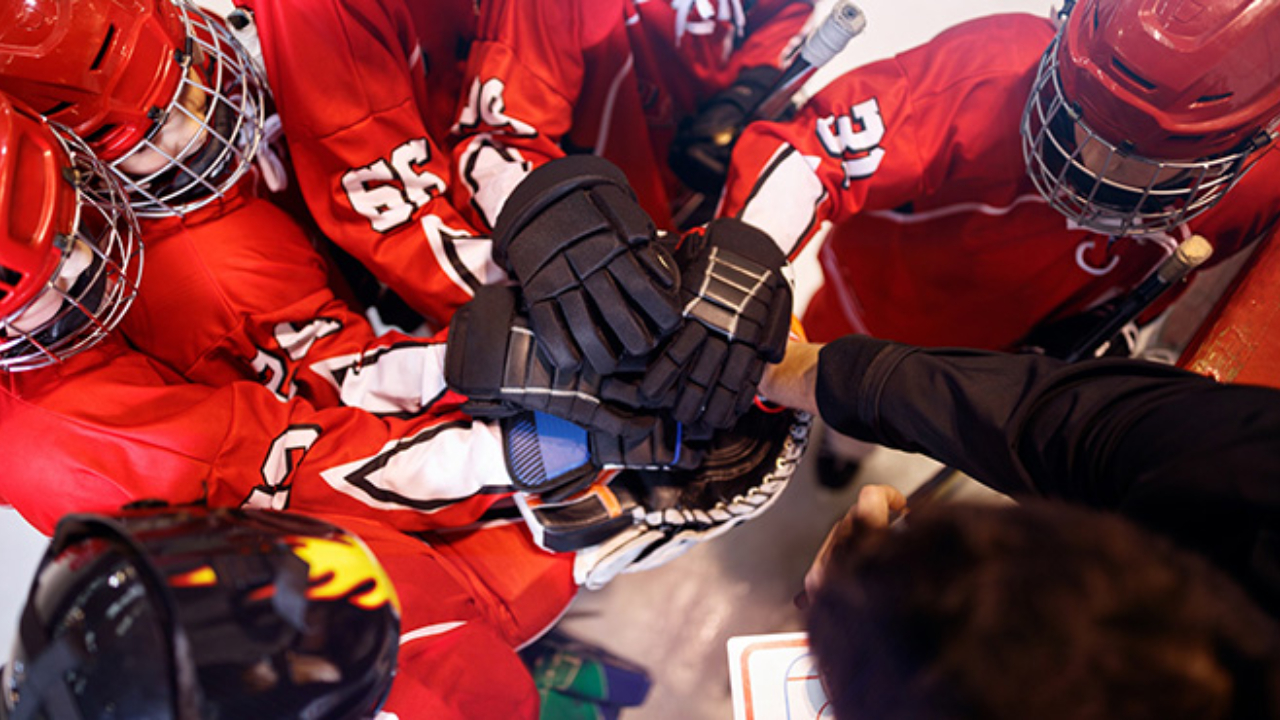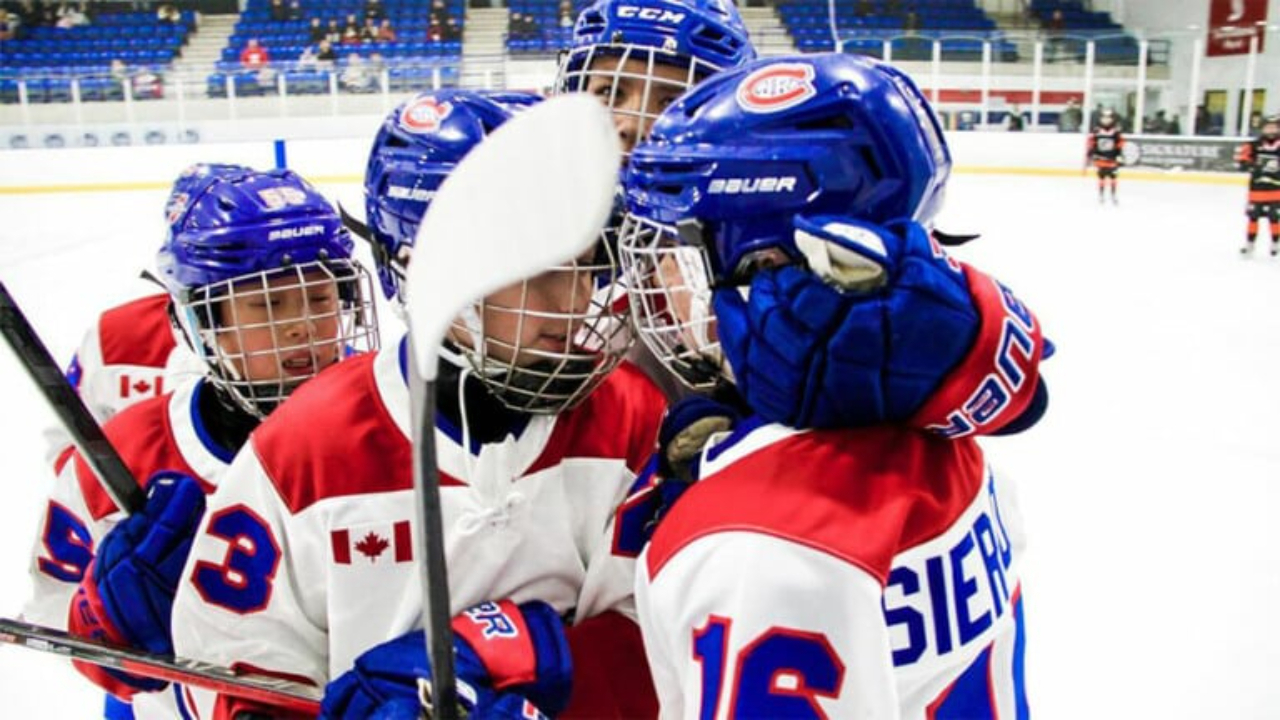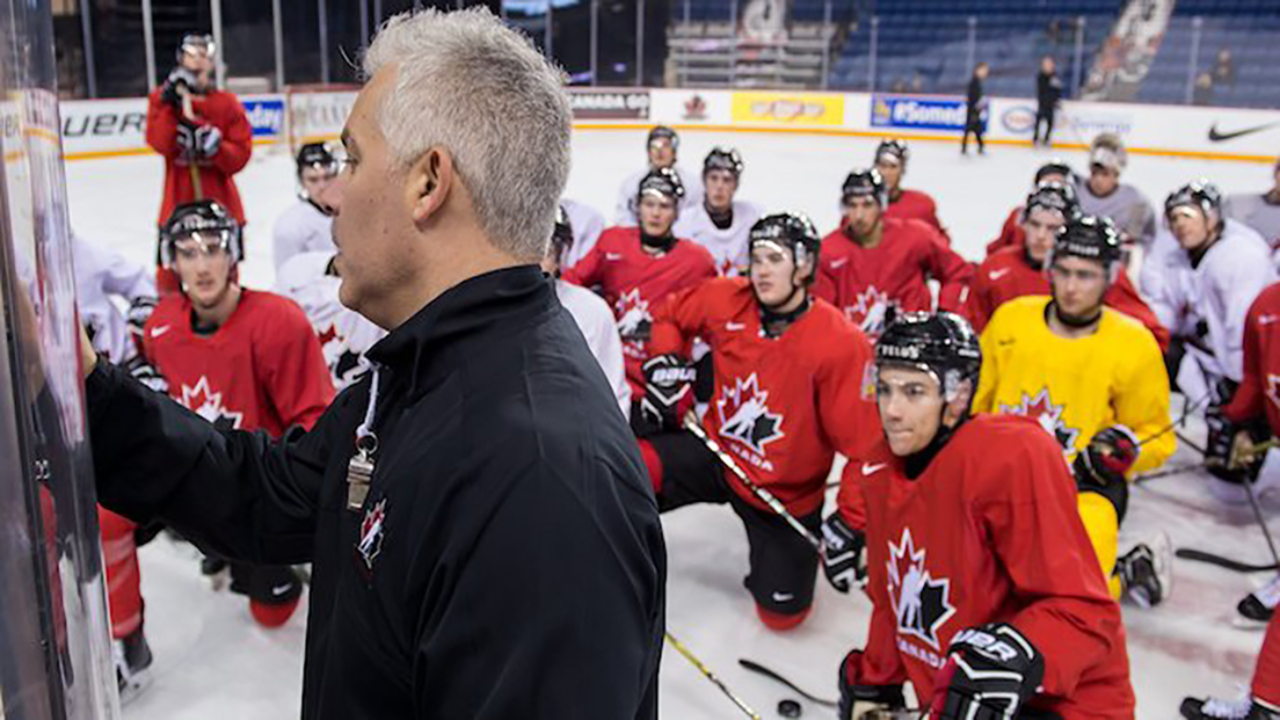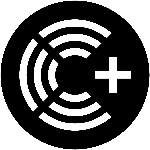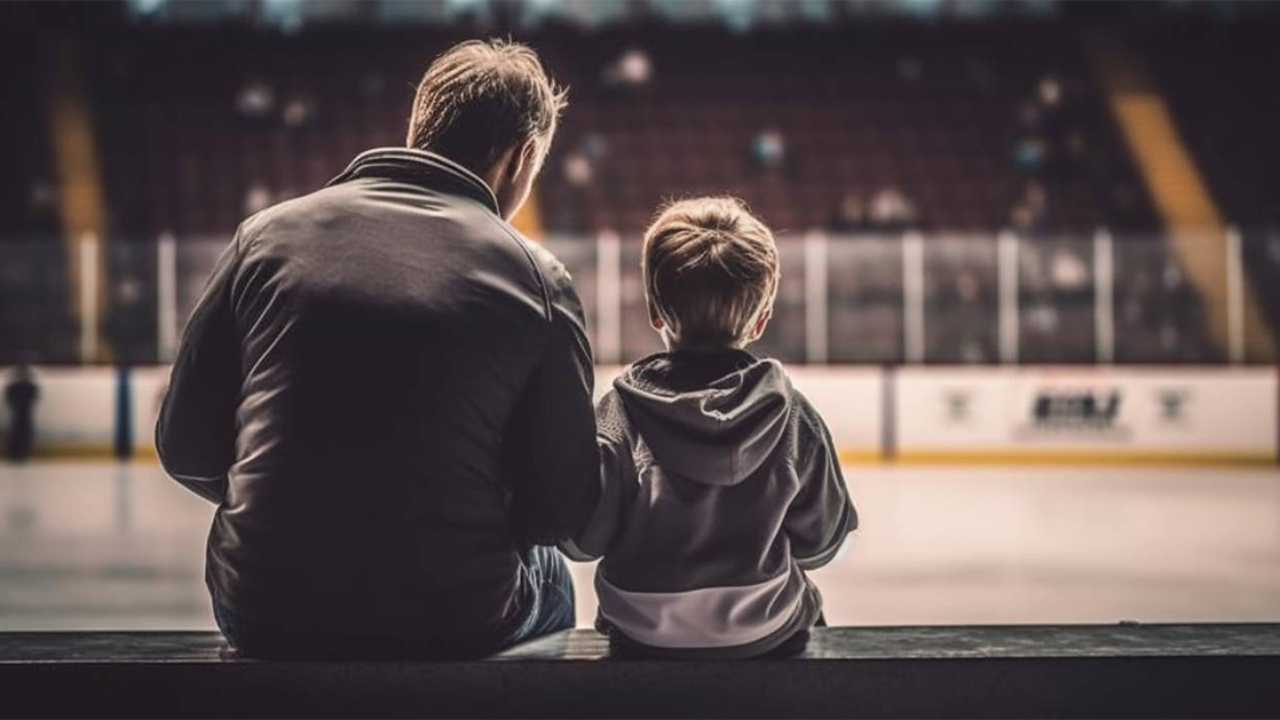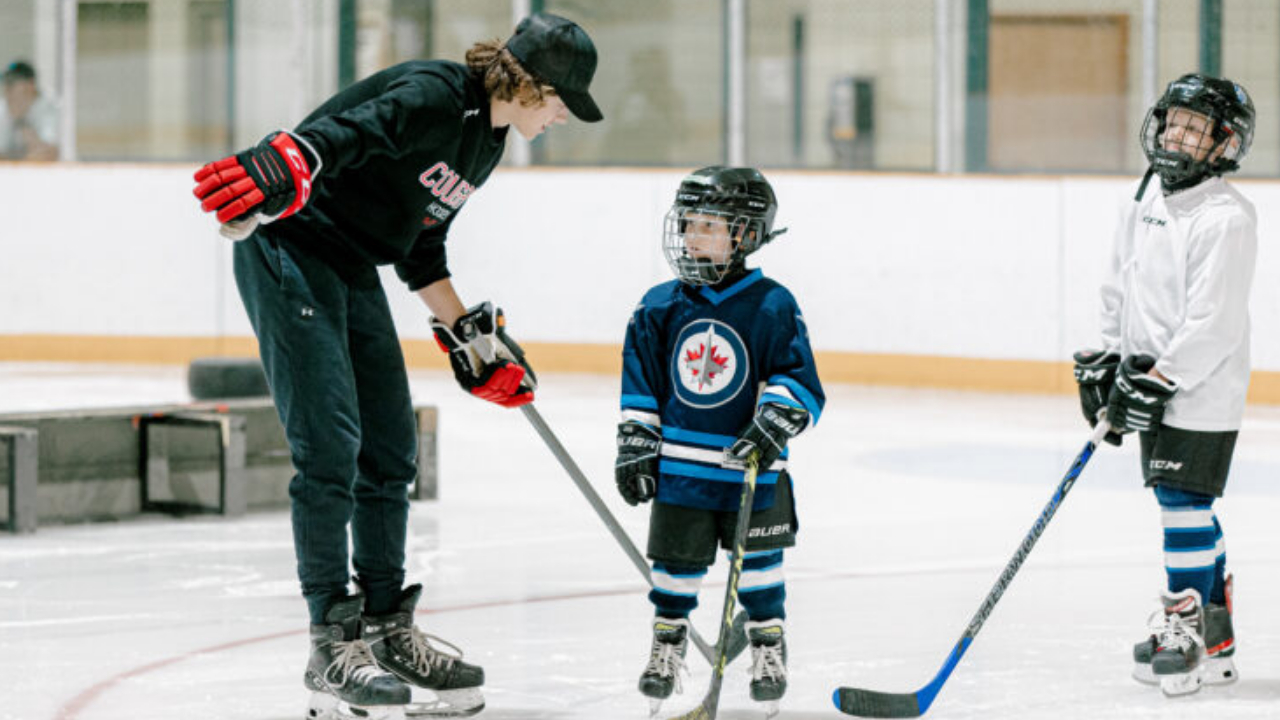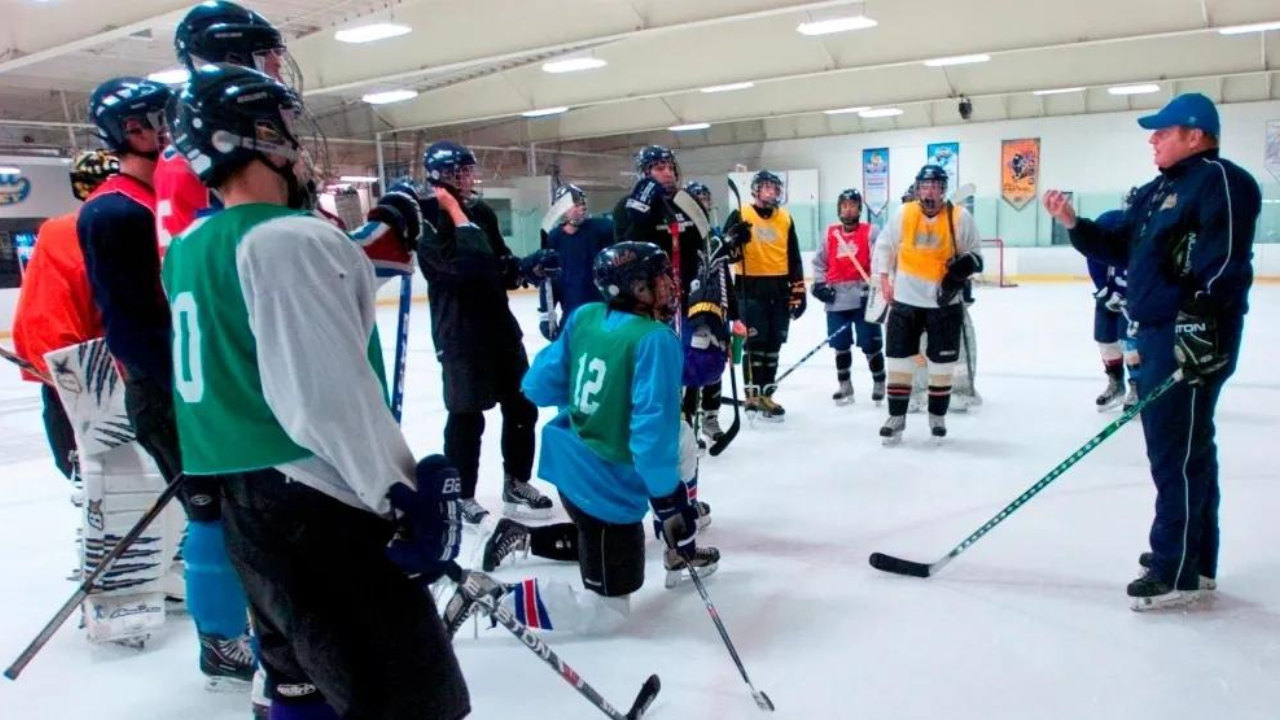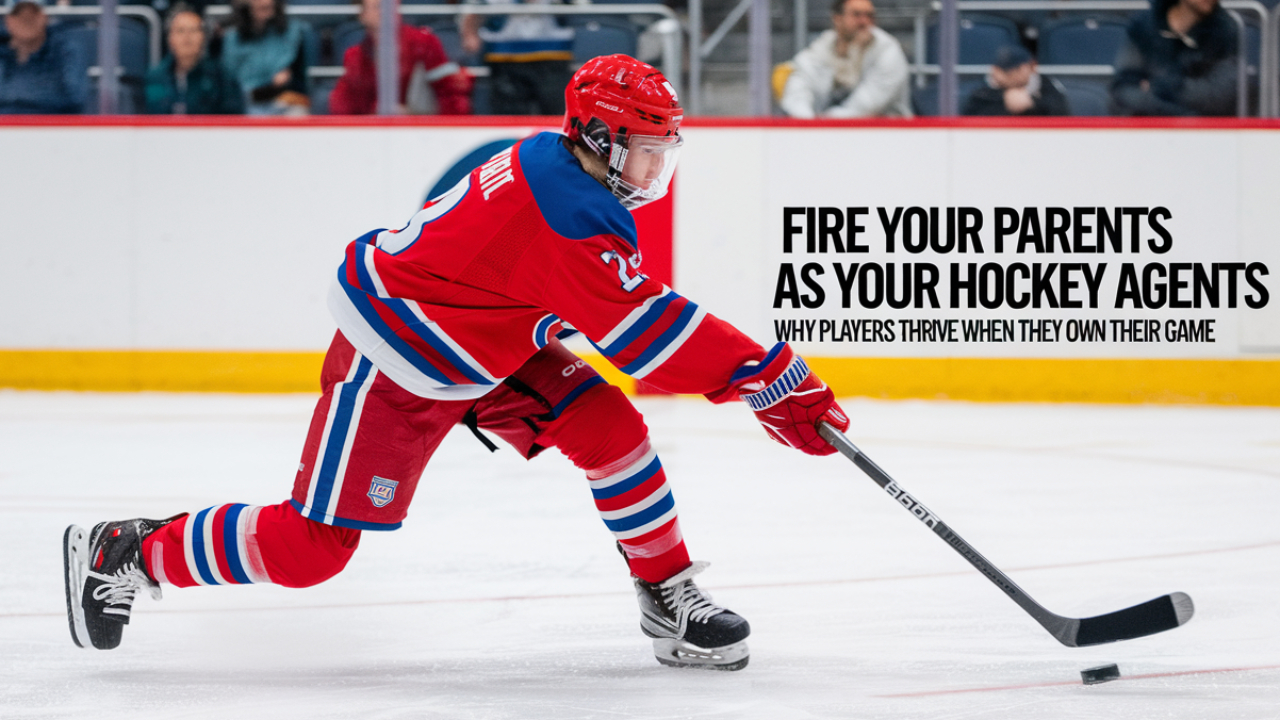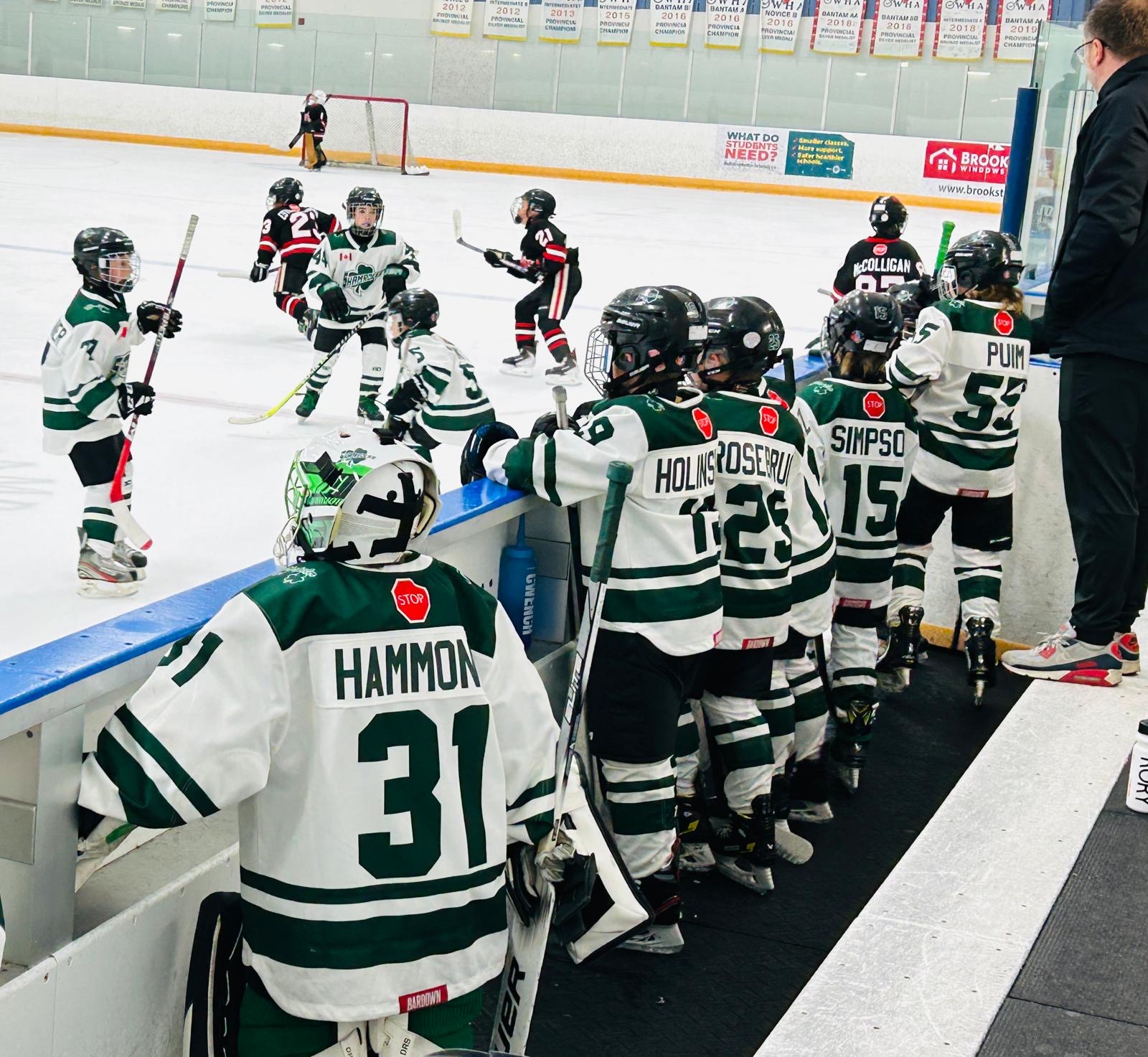
When coaching young players, one of the biggest challenges isn’t just teaching skills — it’s helping them understand the game. For U10 players especially, concepts like defensive positioning, support, and transition can seem abstract. They’re still learning where to go and why.
Earlier this season, I created a simple visual teaching tool for my U10 A team using CoachThem. It outlined our defensive zone coverage and forecheck — nothing fancy, just clear visual breakdowns of each position’s role.
When I shared the document, I also encouraged parents to review it with their kids at home. I wasn’t sure what the impact would be, but the results were eye-opening.
Within weeks, players were communicating more effectively on the ice. They began anticipating plays, reacting with purpose, and showing a better grasp of what teammates around them were doing. The difference wasn’t just in skill — it was in hockey sense.
Parents as Partners in Development
What really stood out was how engaged the parents became. Several told me they finally understood what their child’s “job” was in each zone. That understanding allowed them to support — not coach — their player in a positive way.
Instead of vague feedback like “skate harder” or “shoot more,” parents were reinforcing specific habits like “stay on the defensive side” or “support the puck.” That small shift changed everything.
By getting parents involved in the learning process, we created a shared language across the team. Players started connecting practice concepts to game situations faster.
The Off-Ice Advantage
For young players, hockey IQ doesn’t only develop on the ice. It’s built through small conversations, simple video clips, and even diagrams reviewed at home. When players start visualizing the game outside of practice, they internalize it faster.
Coaches can support that by giving parents tools to work with — diagrams, short video clips, or quick notes that explain the “why” behind what’s being taught.
When a 9-year-old starts to understand positioning not as “where coach told me to stand,” but as “where I can best help my team,” that’s when learning really sticks.
Keeping It Simple
This isn’t about giving parents homework or overloading them with systems. It’s about empowering them with understanding.
The takeaway for coaches: if you want your players to develop hockey IQ faster, bring parents into the process in a positive, structured way. The more everyone speaks the same language, the quicker players connect the dots.
For me, this approach completely changed how our team absorbed information. Practices became more productive, in-game communication improved, and our overall structure tightened.
Hockey is a team sport — and when players, parents, and coaches all work together, development accelerates in ways you can’t achieve alone.
About the Author
Jesse Candela played Junior hockey before spending eight years coaching U Sports football at the University of Waterloo. He has since transitioned back to hockey, where he coaches youth teams and scouts for the Georgetown Raiders (OJHL). His long-term goal is to continue growing as a coach and move into a Junior coaching or player development role.

